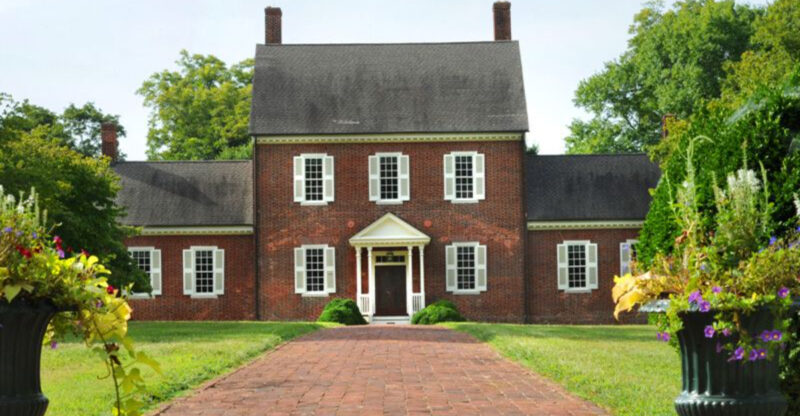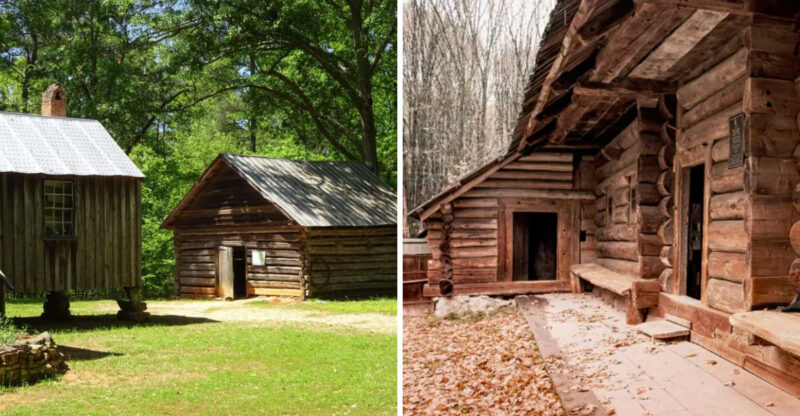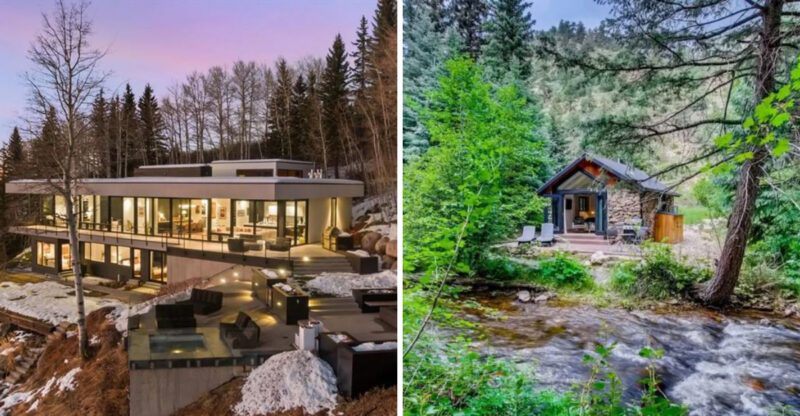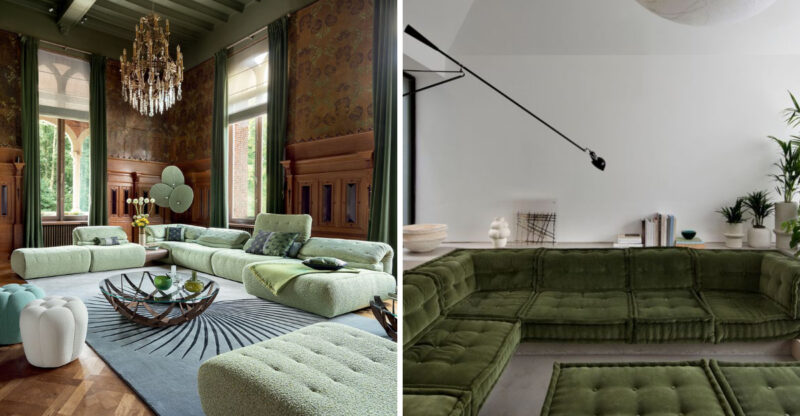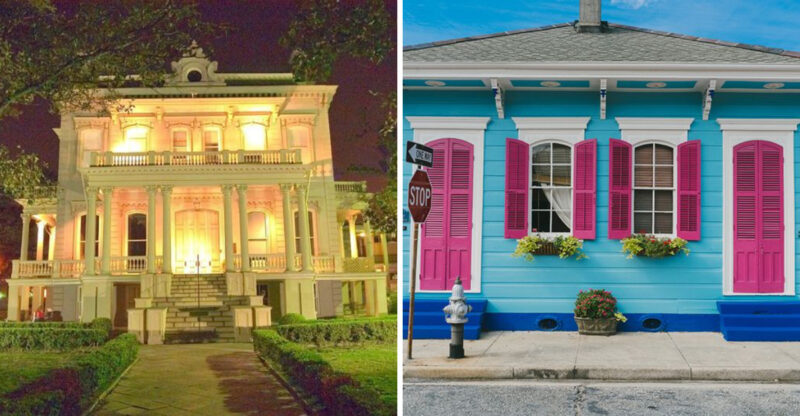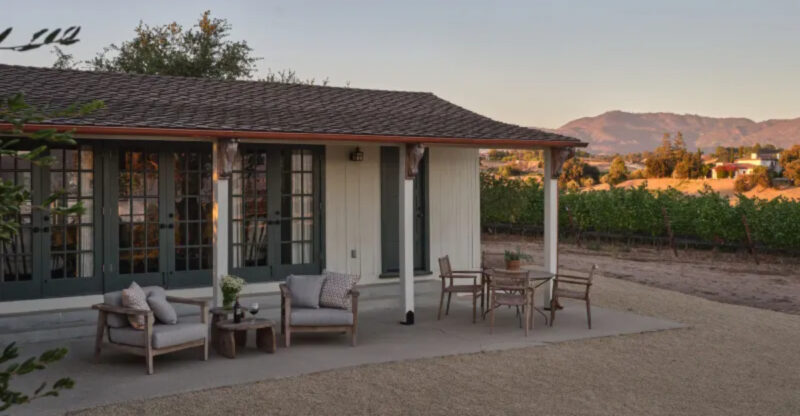12 Pennsylvania Colonial Homes With Details That Still Inspire
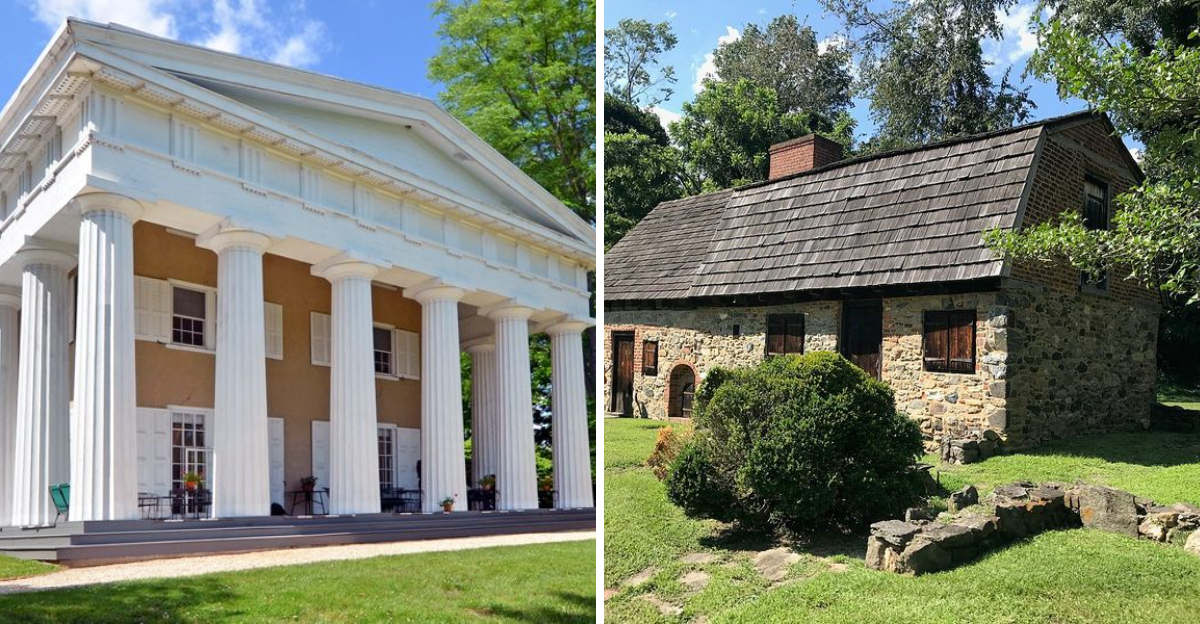
Pennsylvania’s colonial homes stand as living treasures from America’s early days. These historic structures showcase remarkable craftsmanship, innovative design solutions, and timeless beauty that continues to influence modern home builders.
Whether you’re a history buff, architecture enthusiast, or simply appreciate beautiful homes, these twelve Pennsylvania colonial gems offer fascinating details worth exploring.
1. Early American Farmhouse – Malvern (c. 1700)
Nestled on 15+ acres of rolling countryside, this restored stone marvel whispers stories from three centuries ago. Hand-hewn beams overhead reveal the marks of colonial craftsmen who shaped each timber with simple tools and extraordinary skill.
Five original fireplaces anchor the home’s interior spaces, providing both warmth and gathering spots for generations of families. Sun-drenched rooms with deep-set windows offer panoramic views of the same pastoral landscape that early settlers once cultivated.
2. Colonial-Era Stone Farmhouse – Sellersville (c. 1700)
Walking through the doorway feels like stepping into a painting where history meets modern comfort. Massive exposed beams crisscross ceilings throughout, their weathered surfaces telling tales of bygone eras.
Warm wood floors, burnished by countless footsteps, contrast beautifully with rough stone walls. The heart of this home remains its original fireplace, a masterpiece of local fieldstone that once provided the only heat and cooking source for early inhabitants.
3. Log-and-Stone Farmhouse – Coatesville (c. 1700s)
Originally part of William Penn’s vast land grant, this architectural hybrid showcases Pennsylvania’s pragmatic building evolution. The original stone section stands sturdy and formal, while the log cabin addition represents frontier practicality and readily available timber resources.
A wraparound porch, added later but now inseparable from the home’s character, creates transitional spaces between indoors and out. Generations of residents have watched seasons change from this vantage point, connecting them to the landscape.
4. Caleb Pusey House – Upland (1683)
Standing as Pennsylvania’s oldest English-built house still in its original location, this humble dwelling defies time. Built by a close associate of William Penn, its endurance speaks to colonial construction ingenuity.
Original stone and brickwork remain intact, showcasing period masonry techniques rarely seen elsewhere. Now preserved as a museum, visitors can examine authentic details like hand-forged hardware, primitive mortar compositions, and early architectural solutions that modern builders still admire.
5. Letitia Street House – Philadelphia (1703–1715)
Once believed to be William Penn’s daughter’s home, this Georgian gem now graces Fairmount Park after being moved from its original downtown location. Its symmetrical façade exemplifies early American interpretations of European architectural ideals.
Inside, distinctive paneling and millwork showcase colonial craftsmen’s growing sophistication. The central hall floor plan, revolutionary for its time, influenced American domestic architecture for generations to come.
6. Hope Lodge – Fort Washington (c. 1743)
Rising majestically from the landscape, this Georgian mansion embodies colonial prosperity and architectural ambition. Perfectly symmetrical stone facades with precisely placed windows reflect Enlightenment-era ideals of order and balance that guided early American design sensibilities.
Revolutionary War troops once camped nearby, with officers possibly warming themselves by the home’s elegant fireplaces. Today, period furnishings and preserved architectural elements allow visitors to experience colonial domestic life at its most refined.
7. John Harris–Simon Cameron Mansion – Harrisburg (1766)
Perched dramatically above the Susquehanna River, this architectural timeline captures evolving American tastes. Beginning as a modest Federal-style home, later Italianate additions transformed it into a showpiece of Victorian elegance without erasing its colonial bones.
From its windows, residents witnessed riverboat commerce, Civil War troop movements, and industrialization reshape America. Now a museum, its carefully preserved rooms reveal how wealthy Pennsylvanians lived across multiple eras while maintaining connections to the home’s colonial origins.
8. Cliveden House – Germantown, Philadelphia (1767)
Bullet holes still mark this imposing Georgian Colonial estate’s walls, battle scars from the 1777 Battle of Germantown. Unlike many historic homes that underwent extensive modernization, Cliveden retains astonishingly original interiors, offering an authentic glimpse into colonial elite living.
Magnificent woodwork, created by skilled craftsmen (possibly including enslaved artisans), demonstrates colonial Philadelphia’s sophisticated design sensibilities. The estate’s dependencies and grounds complete a picture of self-sufficient colonial life that continued even as revolution swirled around it.
9. Ephrata Cloister – Ephrata (founded 1732)
Unlike grand colonial mansions, this ascetic religious community’s buildings reflect spiritual values through architecture. Narrow doorways symbolically required members to bow (practicing humility) when entering communal spaces.
Distinctive timber-framed structures with medieval German influences stand as rare examples of early American religious architecture. Hand-crafted furniture, illuminated manuscripts, and functional spaces showcase colonial-era craftsmanship dedicated not to personal comfort but to spiritual ideals.
10. Andalusia Historic House – Bensalem (c. 1794)
Commanding views of the Delaware River complement this estate’s architectural grandeur. Beginning as a modest colonial farmhouse, it transformed into a Greek Revival masterpiece while preserving its original core.
Floor-to-ceiling windows create light-filled rooms that blur boundaries between indoor elegance and outdoor splendor. The columned portico, added later but now inseparable from the home’s identity, demonstrates how colonial foundations could evolve with American architectural tastes while maintaining historical integrity.
11. Graeme Park – Horsham (c. 1722)
Surviving almost 300 years with remarkably few alterations, this rare colonial governor’s mansion offers an architectural time capsule. Sir William Keith, provincial governor under William Penn’s son, built this status symbol to display his authority through sophisticated design.
Original plasterwork ceilings, hand-carved wood paneling, and period hardware remain intact, having escaped Victorian “improvements” that modified many colonial structures. The home’s isolated location helped preserve these irreplaceable features, making it a treasured resource for understanding early American elite domestic spaces.
12. Pottsgrove Manor – Pottstown (c. 1752)
Iron industry wealth manifests in this Georgian showpiece built by foundry owner John Potts. Unlike utilitarian colonial dwellings, this manor’s elaborate architectural details announced its owner’s prosperity and sophistication to visitors approaching along the Schuylkill River.
Meticulously researched restoration has returned rooms to their colonial appearance, featuring period-appropriate paint colors, wall coverings, and furnishings. Particularly noteworthy are the paneled fireplace surrounds and decorative moldings that demonstrate colonial craftsmen’s ability to create refined living environments in frontier Pennsylvania.

